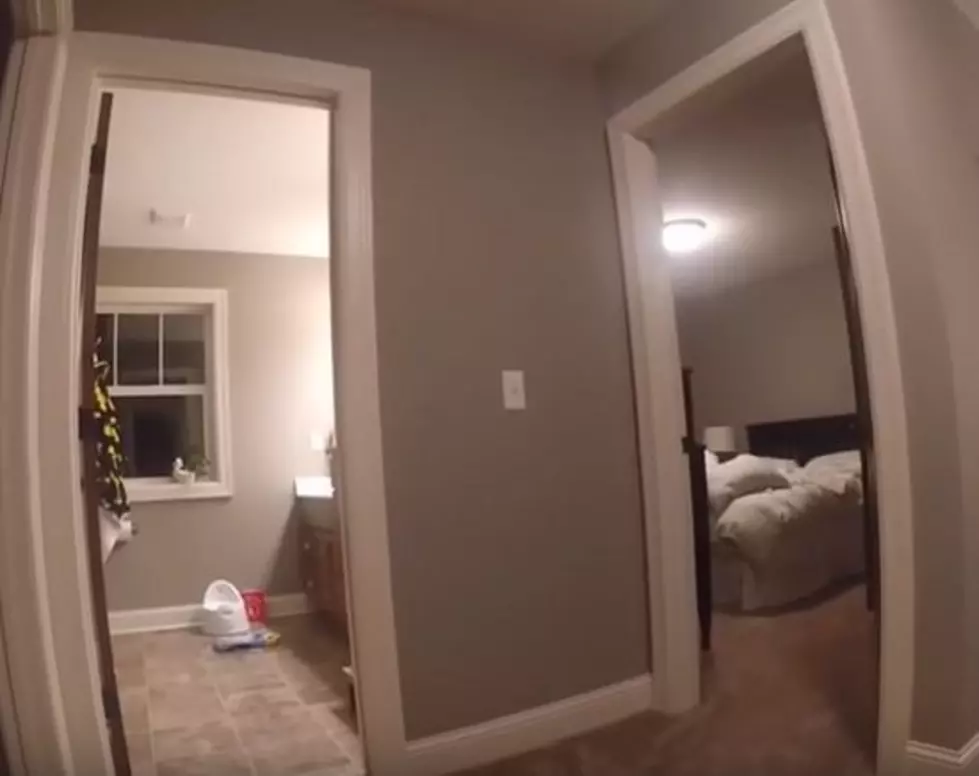
How to Spot Hidden Cameras in Rentals, Hotels, or B&Bs
Everyone has their kicks, which is all fine and dandy until those kicks violate another's privacy, safety, or human rights.
Video voyeurism has been a thing ever since cameras were invented, and it has become big business on the internet. We usually only hear of the high-profile cases of video voyeurism (remember Erin Andrews?), but cases are reported across the globe. The scary part is this: the conviction rate for people who illegally video others without their consent is extremely low.
There are a few ways you can check for hidden cameras when you are in a rental for the evening, but know this: there is no detection system that is 100% effective. You could purchase hand-held devices that detect hidden recording devices, but those can be pricey. So, what can you do to help protect yourself?
There are a couple of things you can do. First, a visual inspection for anything obvious, as simple as a camera hidden under a bookshelf. An out-of-place stuffed animal in the bathroom. A security system motion detector in the shower. A clock on the wall with a tiny hole on its face. A charging brick with a hole on the front. Anything that just looks odd.
Another method is this: use your cell phone in camera mode in each room of the rental with the lights off. Most cell phones can pick up infrared lights, and many "voyeur" cameras use infrared lights to produce "night-vision" videos. As you slowly scan the room, look for a colored dot on your screen. If you see one, investigate!
And, finally, use your wi-fi settings mode on your smartphone to detect any signals that may be in the rental. Many voyeur cameras transmit the videos in real-time via a wi-fi signal. If you open your wi-fi settings and then look for available networks, see if there are any networks that are blatantly video transmission networks.
None of these methods are foolproof, but they may help ease your concerns when staying in a rental.
Sleep well.
These Louisiana State Parks Have Cabins to Rent
More From 99.9 KTDY








